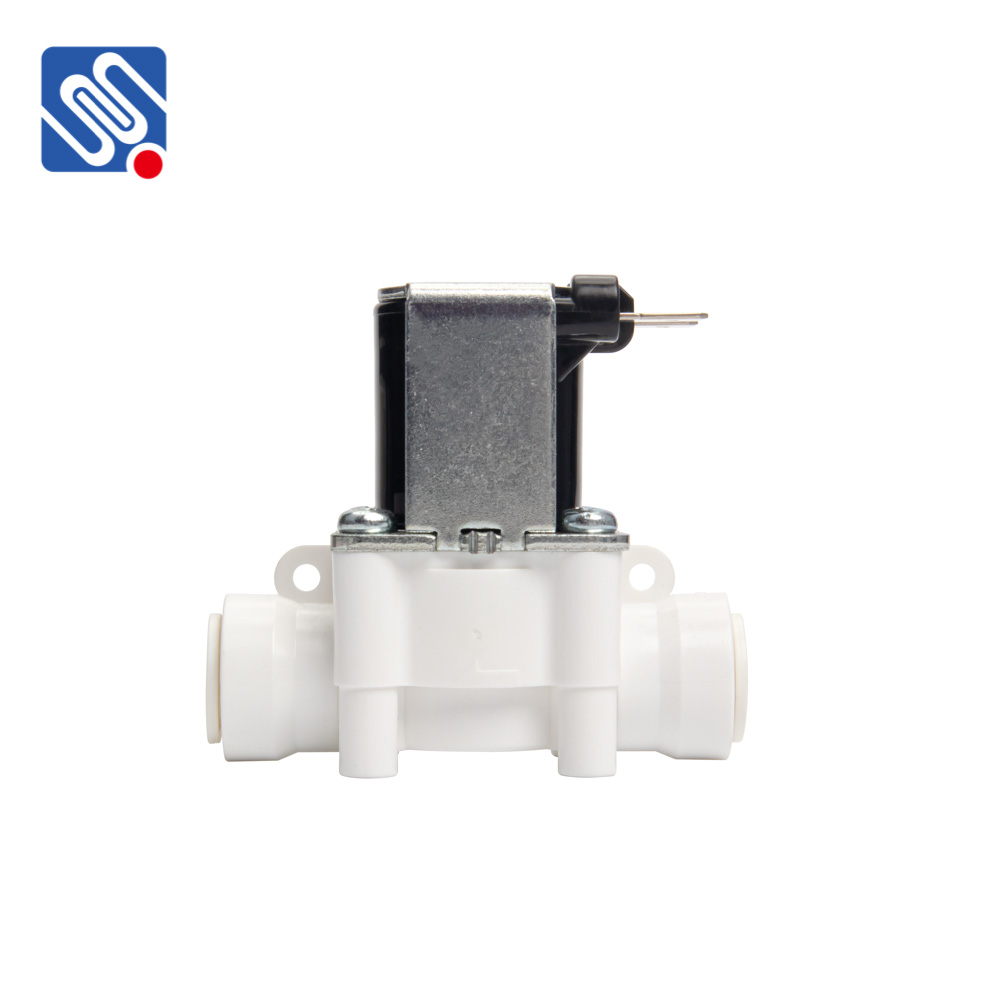Filtration systems play a crucial role in various industries, ensuring that fluids, whether water, air, or chemicals, remain free from contaminants. One essential component in many filtration systems is the Filtration System Solenoid Valve, which helps control the flow of fluids with high precision, contributing significantly to the system’s efficiency, safety, and longevity. This article explores the importance, working principle, types, and applications of filtration system solenoid valves.

Understanding Filtration System Solenoid Valve A Filtration System Solenoid Valve is an electrically operated valve that regulates the flow of liquids or gases within a filtration system. It uses electromagnetic force to open or close the valve, providing precise control over the flow of fluids. The valve consists of a coil that generates a magnetic field when electrical current passes through it. This magnetic field pulls or pushes a plunger inside the valve, which in turn opens or closes the valve to allow or stop fluid passage. This automation reduces the need for manual intervention, increases the system’s operational efficiency, and helps maintain consistent filtration performance. Solenoid valves are widely used in industries such as water treatment, air filtration, chemical processing, and HVAC systems.
Leave a Reply